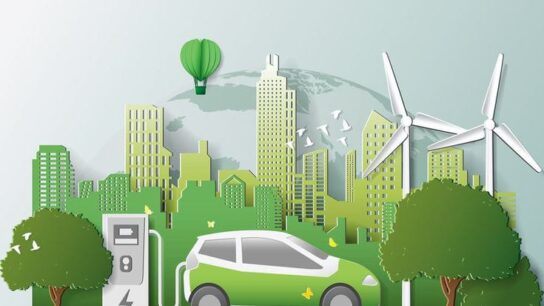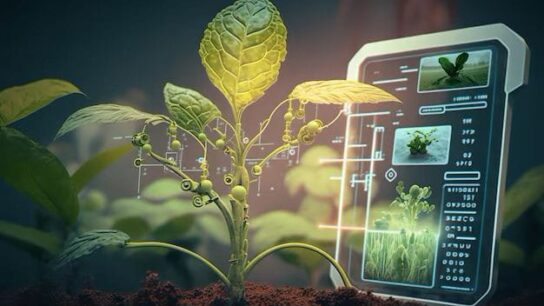Pioneering Sustainable Tech Innovations: Green Buildings, Eco-Friendly Materials, and Carbon Capture !
In an era defined by climate change and environmental degradation, the imperative for sustainable technology innovations has never been greater. From reducing carbon emissions to conserving natural resources, the integration of sustainable practices into our built environment is essential for mitigating the impacts of climate change and fostering a greener, more resilient future. In this blog post, we’ll explore the latest advancements in sustainable technology, focusing on green buildings, eco-friendly materials, and carbon capture technologies, and their role in driving positive environmental outcomes.
Green Buildings: Redefining Sustainable Architecture
Green buildings represent a paradigm shift in architecture and construction, prioritizing energy efficiency, resource conservation, and occupant health and well-being. Key features of green buildings include:
- Energy-Efficient Design: Incorporating passive design strategies, such as orientation, insulation, and natural ventilation, to minimize energy consumption and maximize thermal comfort.
- Renewable Energy Integration: Harnessing on-site renewable energy sources, such as solar panels, wind turbines, and geothermal systems, to reduce reliance on fossil fuels and mitigate carbon emissions.
- Water Conservation Measures: Implementing water-saving technologies, such as rainwater harvesting, greywater recycling, and low-flow fixtures, to minimize water consumption and alleviate strain on freshwater resources.
- Sustainable Materials: Utilizing eco-friendly building materials, such as recycled content, sustainably sourced wood, and low-emission products, to reduce embodied carbon and minimize environmental impact.
- Indoor Environmental Quality: Enhancing indoor air quality, daylighting, and acoustic comfort through proper ventilation, natural lighting, and non-toxic materials to promote occupant health and productivity.
Eco-Friendly Materials: Rethinking Construction Practices
The adoption of eco-friendly materials is central to advancing sustainability in the construction industry, offering alternatives to traditional building materials that are resource-efficient, low-carbon, and environmentally friendly. Some notable eco-friendly materials include:
- Bamboo: A rapidly renewable resource with high strength-to-weight ratio, bamboo is increasingly used for structural elements, flooring, and interior finishes in green building projects.
- Recycled Concrete: Utilizing recycled aggregates from demolished concrete structures reduces the need for virgin materials and minimizes construction waste, contributing to circular economy principles.
- Cross-Laminated Timber (CLT): A sustainable alternative to traditional construction materials, CLT is made from layers of timber panels bonded together, offering structural stability and carbon sequestration benefits.
- Hempcrete: Composed of hemp fibers, lime binder, and water, hempcrete is a lightweight, insulating material with excellent thermal performance and carbon-negative properties.
- Recycled Plastic: Repurposing plastic waste into building materials, such as recycled plastic lumber, roofing tiles, and insulation, reduces plastic pollution and promotes closed-loop recycling.
Carbon Capture Technologies: Mitigating Greenhouse Gas Emissions
Carbon capture technologies play a crucial role in mitigating greenhouse gas emissions by capturing carbon dioxide (CO2) from industrial processes and power generation facilities and storing it underground or utilizing it for other purposes. Some prominent carbon capture technologies include:
- Carbon Capture and Storage (CCS): CCS involves capturing CO2 emissions from industrial sources, such as power plants and cement factories, and injecting it deep underground for long-term storage in geological formations.
- Direct Air Capture (DAC): DAC technology captures CO2 directly from the atmosphere using chemical sorbents or absorbents, offering potential solutions for carbon removal and negative emissions.
- Bioenergy with Carbon Capture and Storage (BECCS): BECCS combines bioenergy production, such as biomass combustion or biofuel production, with CCS to achieve negative emissions by removing CO2 from the atmosphere.
As we confront the urgent challenges of climate change and environmental sustainability, the development and deployment of sustainable technology innovations are critical for achieving a greener, more sustainable future. By embracing green buildings, eco-friendly materials, and carbon capture technologies, we can reduce our carbon footprint, conserve natural resources, and enhance resilience to climate impacts. Together, let us harness the power of innovation to build a more sustainable world for generations to come.




I will right away snatch your rss feed as
I can’t in finding your email subscription link or e-newsletter service.
Do you’ve any? Kindly permit me recognise in order that I may subscribe.
Thanks.